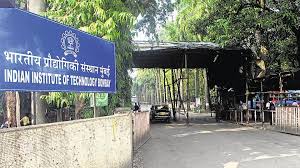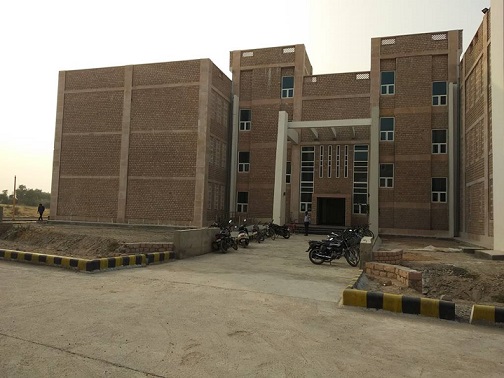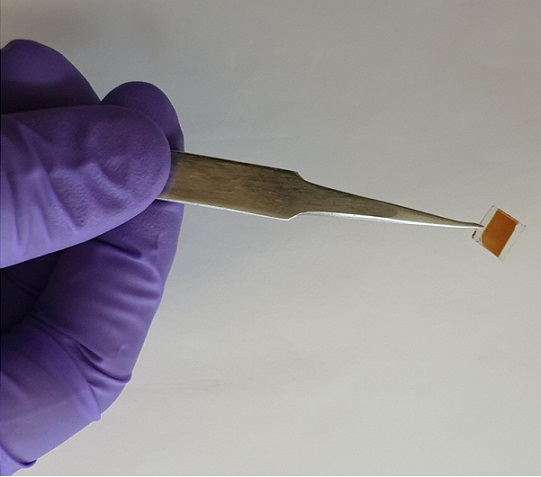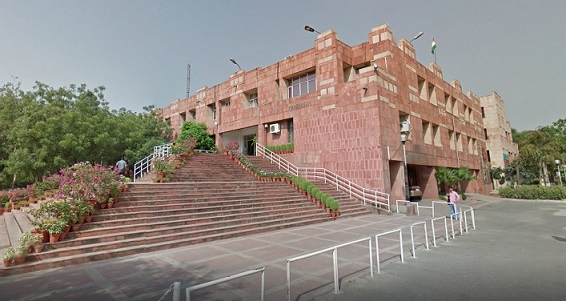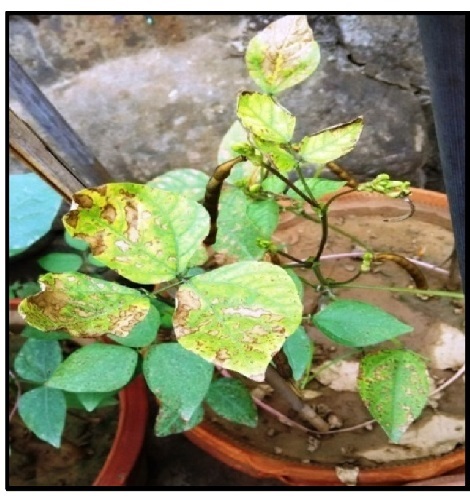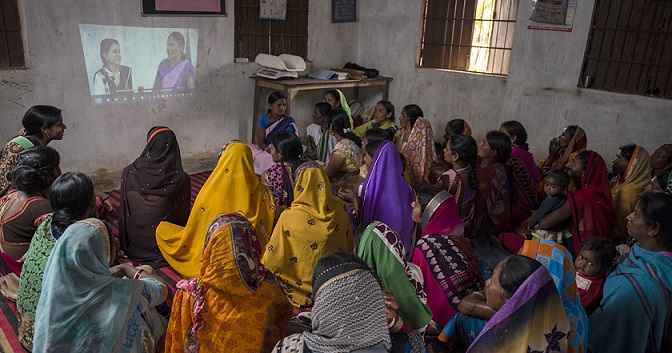
Short videos may help bring change in social behaviors related to family planning, maternal and child health, and nutrition in rural communities.
This has emerged from a project that involved producing short videos on good health and nutrition practices using community members and locally relevant content created by the communities. These films were then shown to community members in rural areas. The project has reached five lakh rural women and 1.9 million family and community members indirectly in Bihar, Jharkhand, Odisha, Chhattisgarh, Uttarakhand, and Assam.
Frontline health workers, who are trained to engage the participants and reinforce video messages, screen the videos to groups of 15-20 villagers through battery operated projectors under the project called Samvad. It is being run in collaboration with other partners to complement the video-based approach with radio and interactive voice response system messages.
"The project has demonstrated how technology platforms, if used appropriately, can accelerate social and behavior change in rural communities. "
Partnering with the National Health Mission, the National Nutrition Mission, the Ministry of Women and Child Development, and the National Rural Livelihood Mission, the project taps into existing public and private outreach channels to target women and men of reproductive age. People involved in the project recently shared their experience at the national workshop on ‘Role of Technology in Improving Health, Nutrition, and Family Planning Outcomes’ held here this week.
“The project has demonstrated how technology platforms, if used appropriately, can accelerate social and behavior change in rural communities. These simple and cost-effective videos are helping communities adopt healthy behaviors and learn from each other,” said Sangita Patel, USAID/India’s Health Office Director.
Ritika Pandey, Project Director, Digital Green said: “our approach doesn’t create a new parallel system, rather it layers the existing government systems with technology solutions, ensuring government buy-in and built in sustainability. The other key to the project’s success is that instead of bringing in experts from very different socioeconomic backgrounds, the videos provide information directly from peers. Our experience shows that individuals are much more open to accepting information when it comes directly from people they identify with and trust.”
India Science Wire



